This is the jewel in the crown of our travel stops. A full day in St-Émilion, a small wine village and area within the wine region of Bordeaux.

Our guide René whisks us from our apartment to spend a day learning about Bordeaux and its wines.
It isn’t long that he explains to us that the Bordeaux wine region has over 6,000 wineries and the region around St-Émilion has over 850 of them!
It is divided into 6 sub-regions, one of which is Libournais where the St-Émilion village is located.
Becoming a UNESCO World Heritage site in 1999, and granted rights to become a town in 1199, its history dates back to Roman times where even then, vineyards were planted.
The town is very small (10.49 square miles) with some very steep streets here and there which has caused some tourists injuries if no proper shoes are worn! In some streets, there is a handrail down the middle to hang on to.
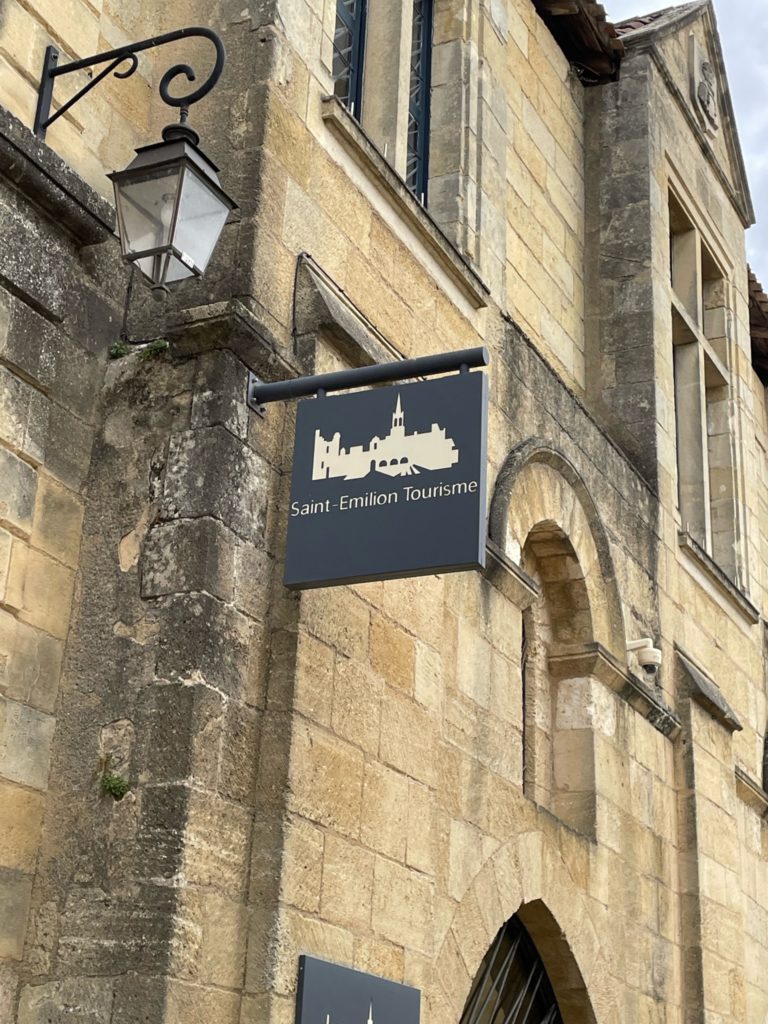
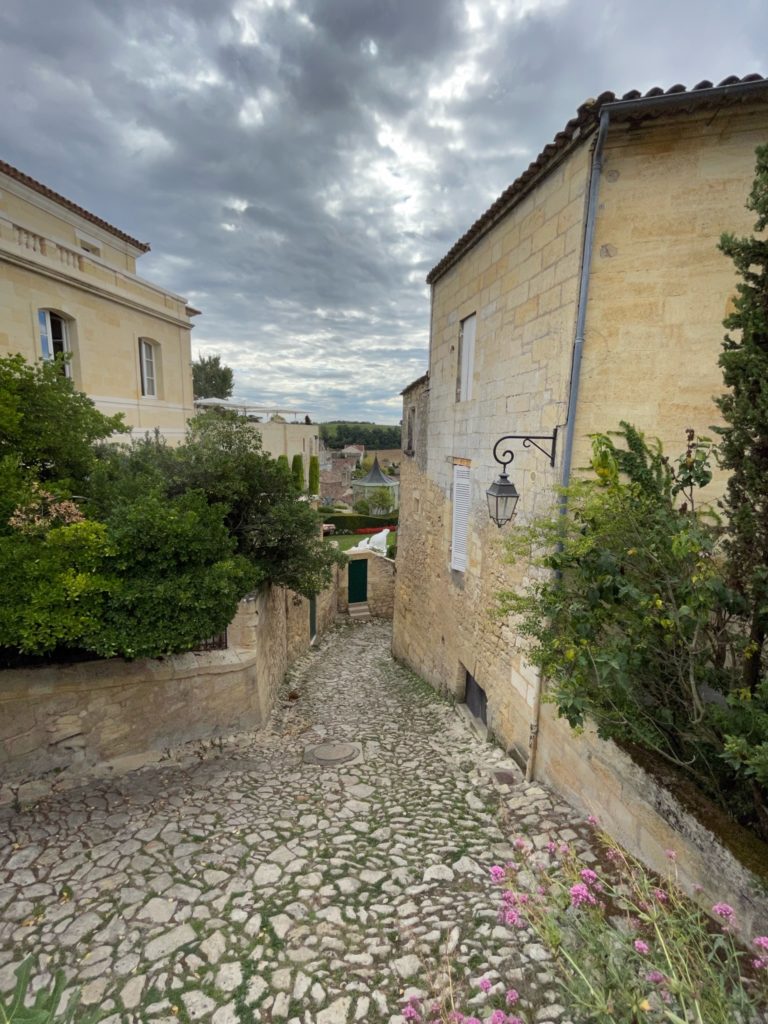
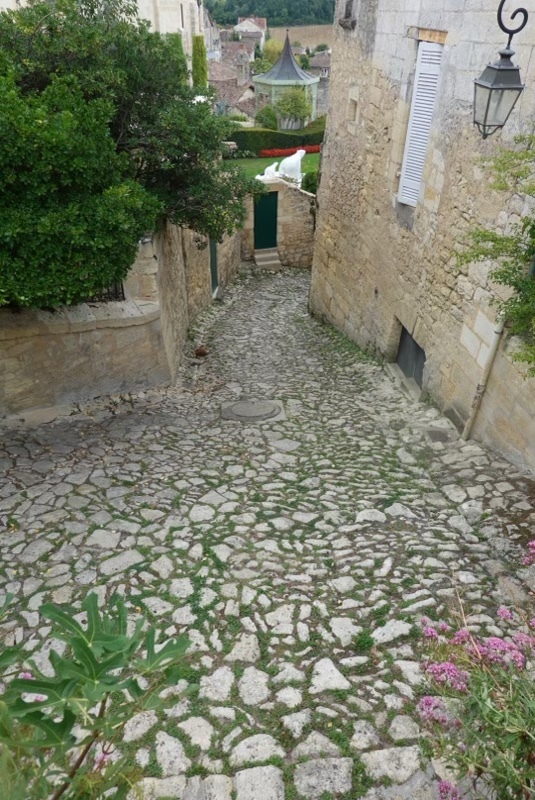
There are two important churches in the town. The 12th century monolithic church of St-Émilion that is carved in the limestone.
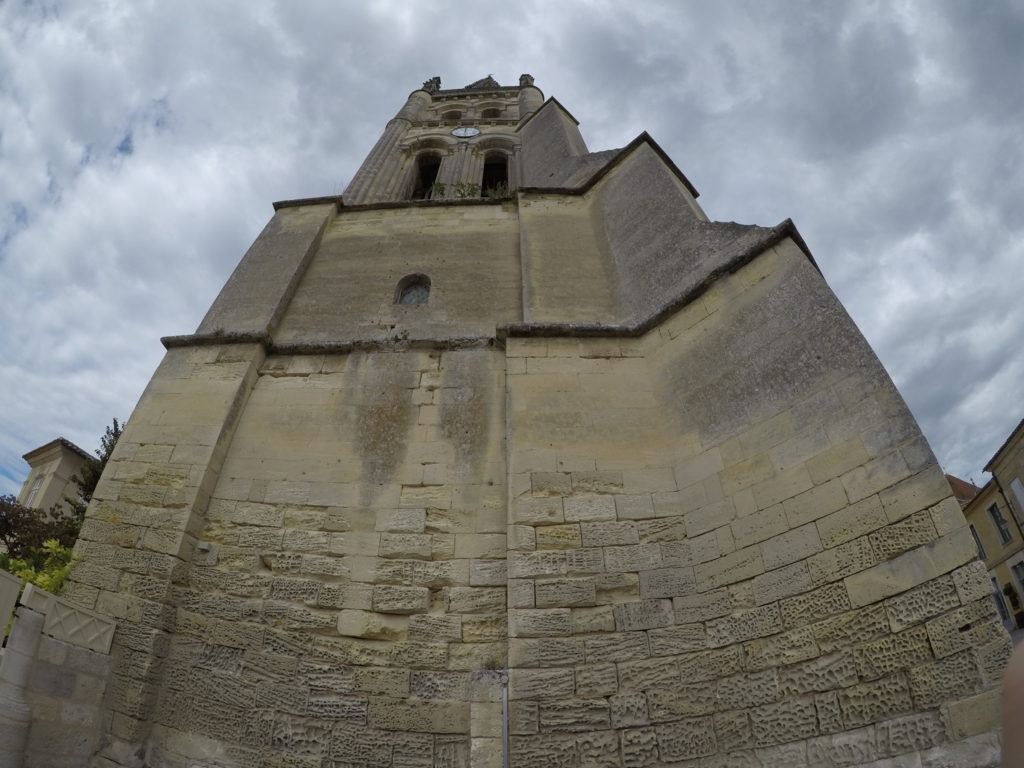
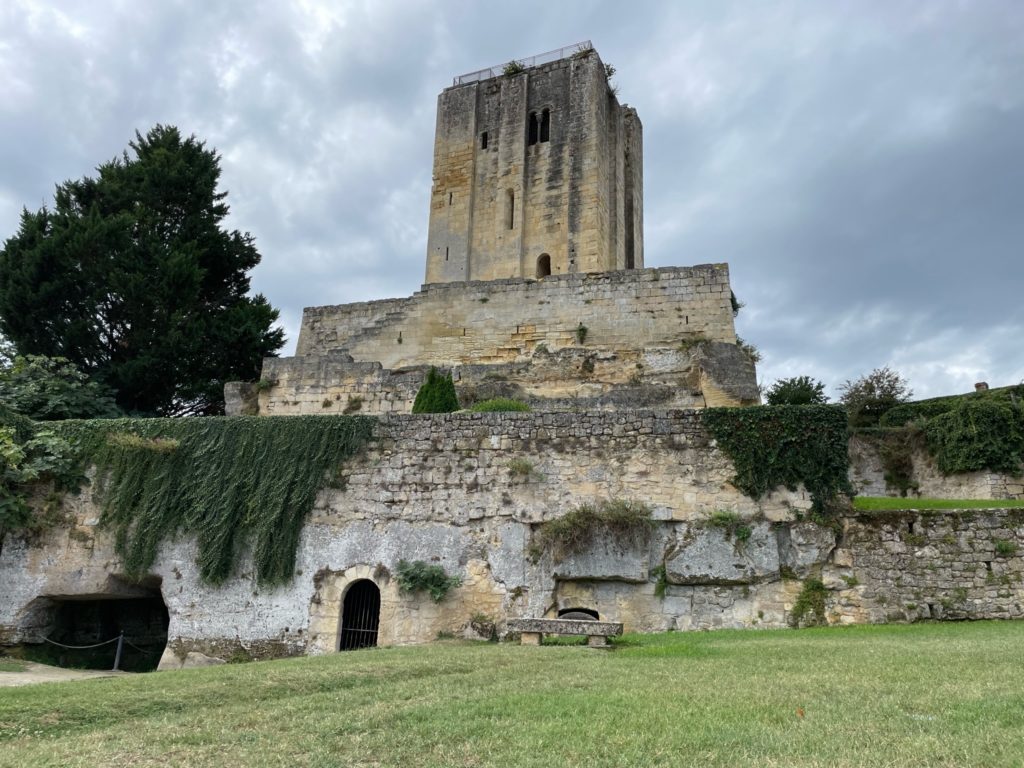
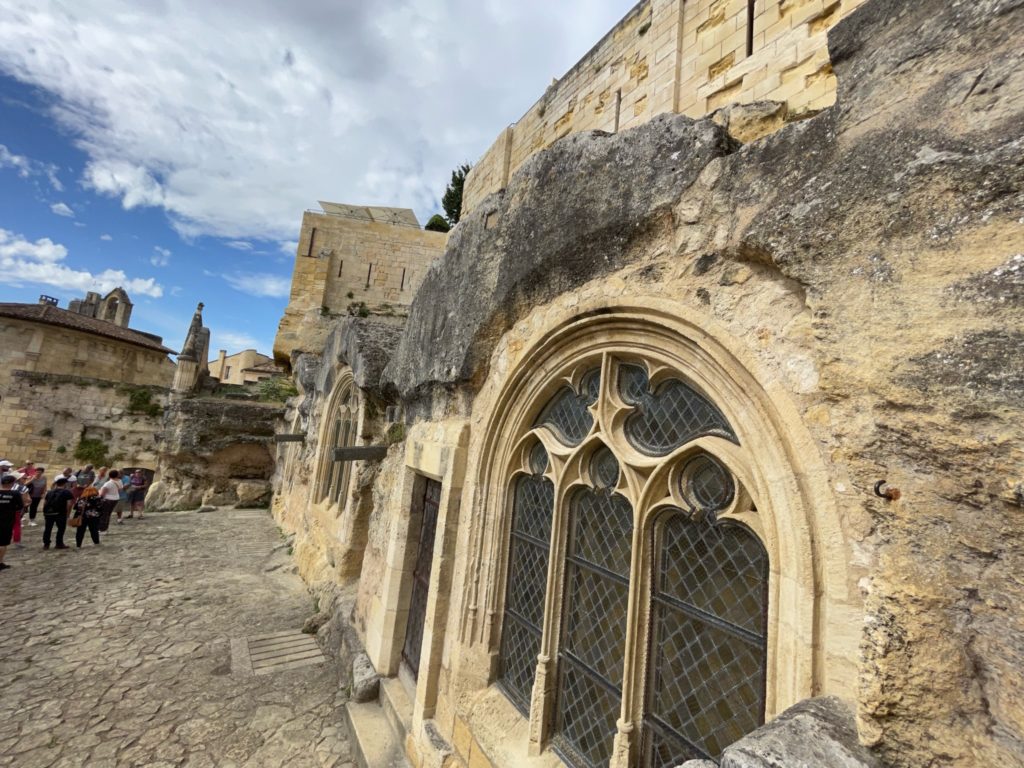

The other is the romanesque/gothic style Collegiate church built between the 12th and 15th century. It is an interesting mix of the two styles. It has a beautiful cloister and a central garden. You can also see remnants of old graves in the interior.

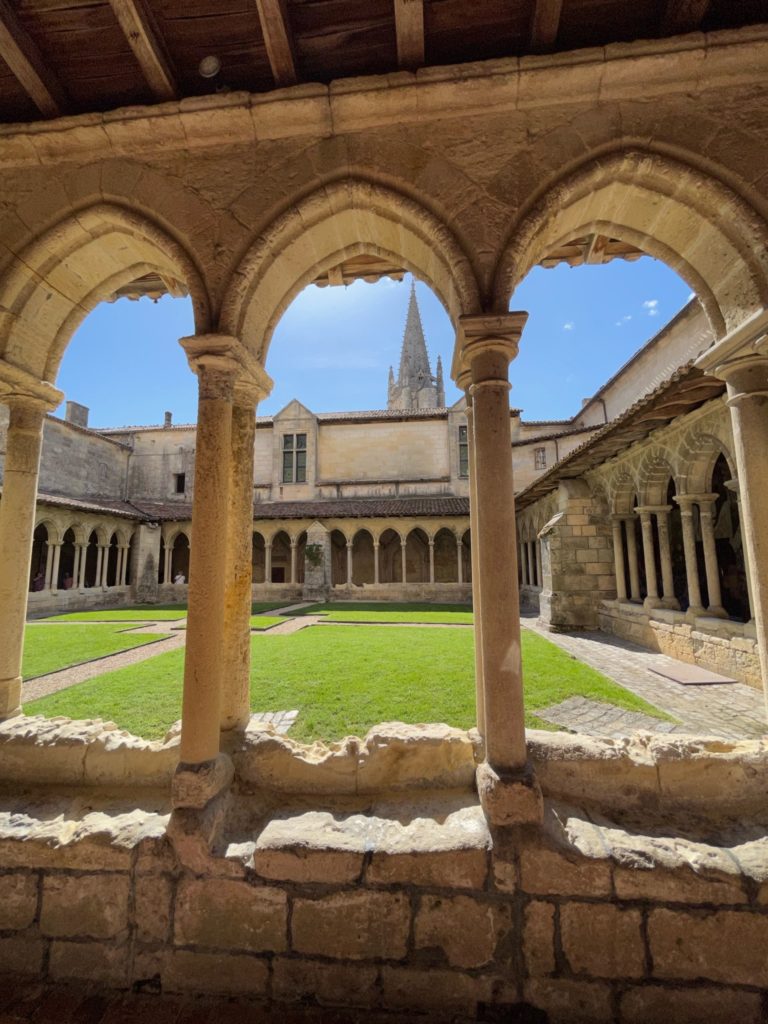
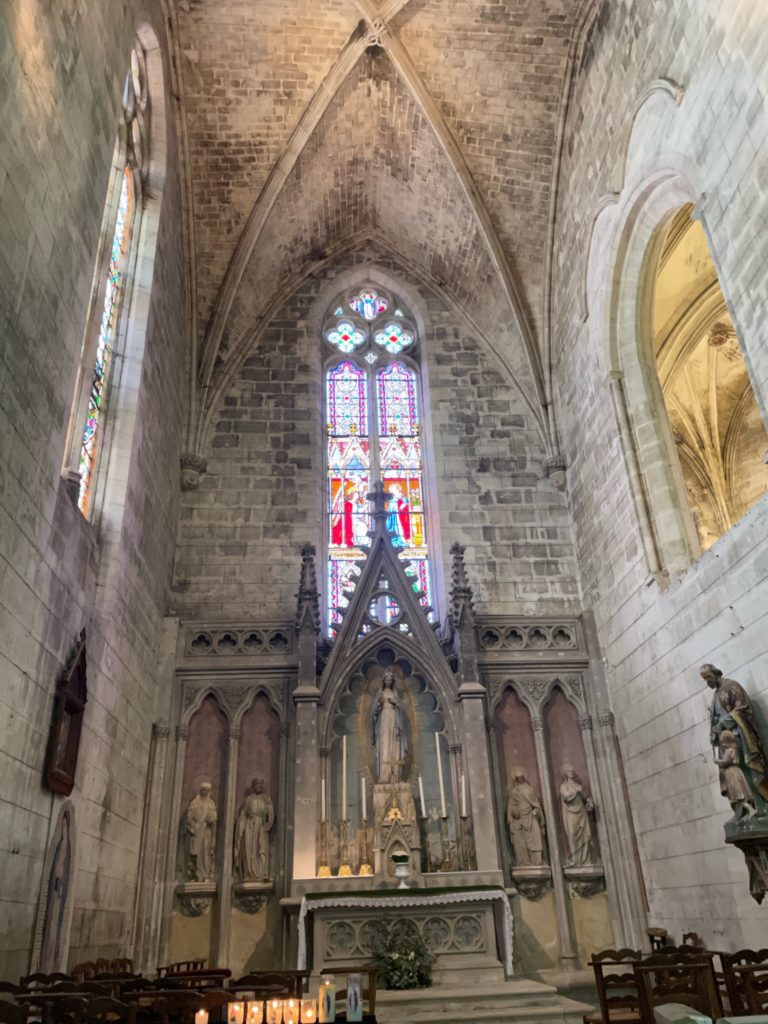
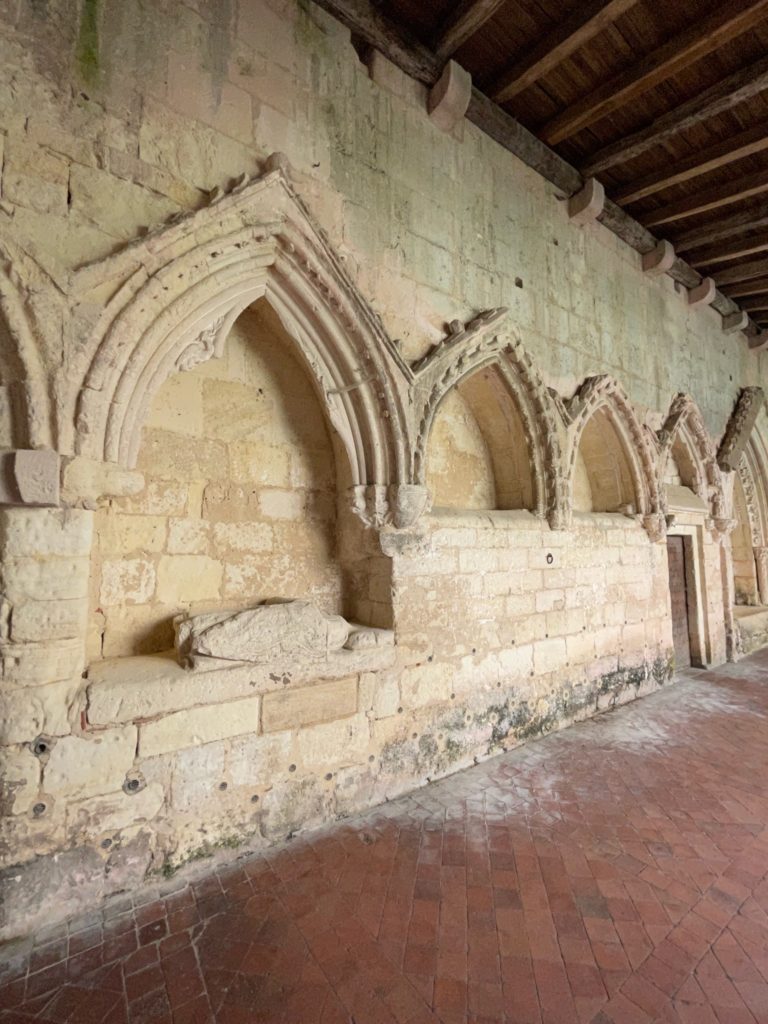
We spend an hour or so walking about and enjoy a nice leisurely lunch.
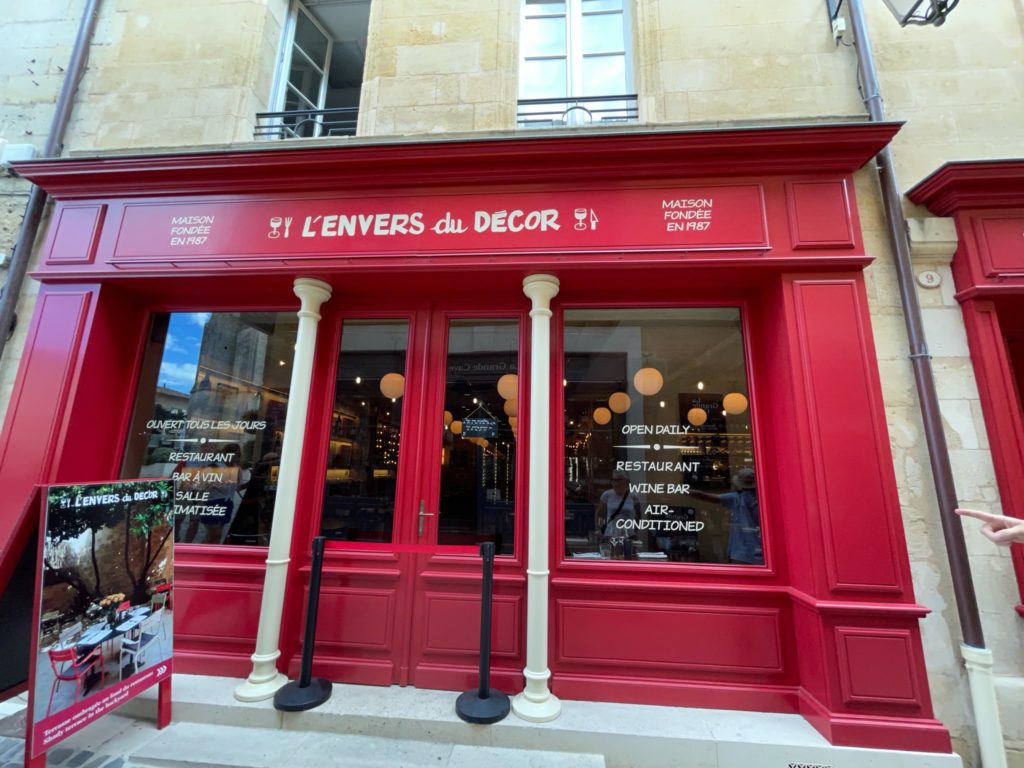


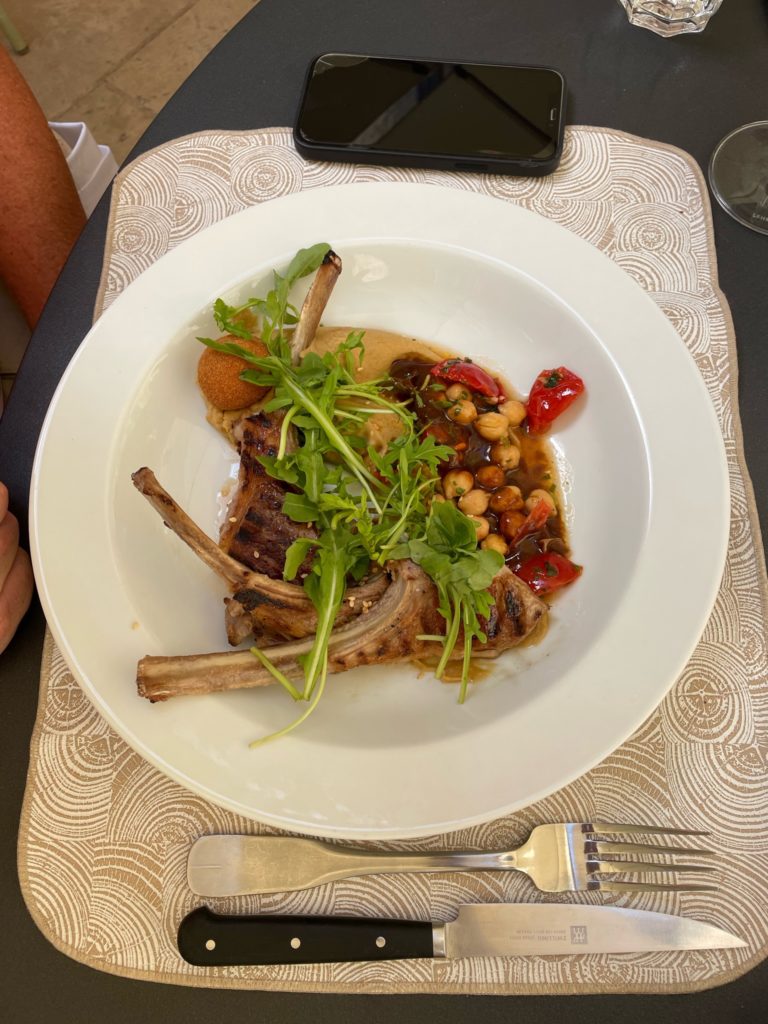
But before even lunching, our morning starts off at our first winery—Chateau La Gaffelière. It is a Premier Grand Cru Classé B winery, the 2nd highest classification for St-Émilion.
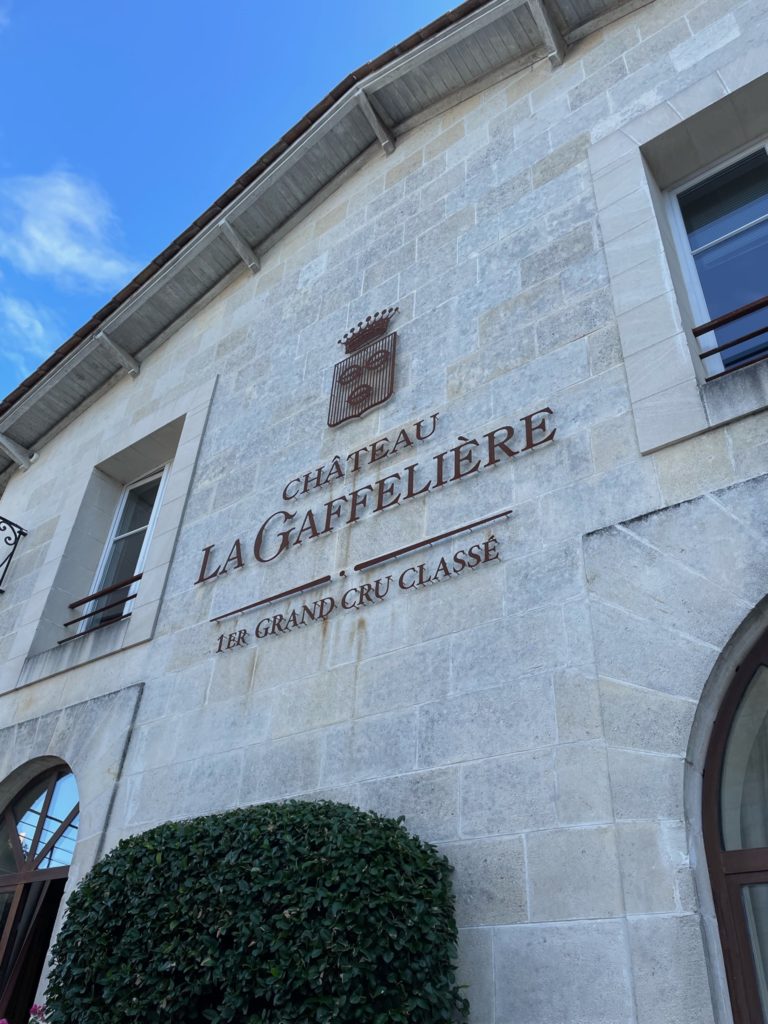
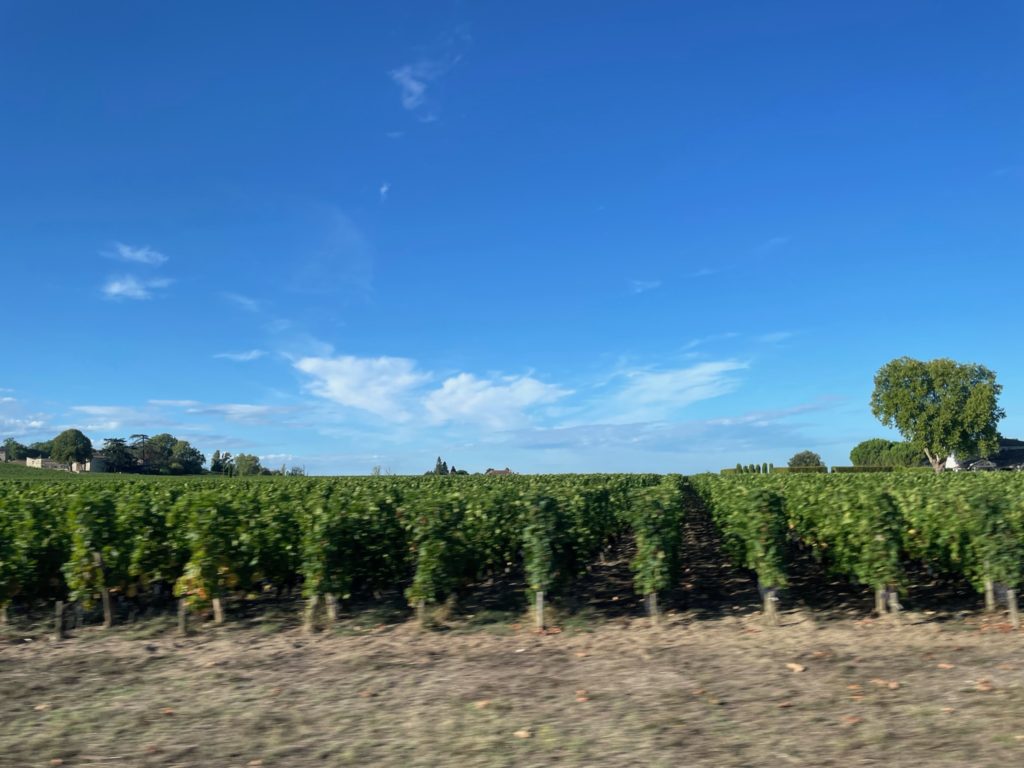
Hugo is our wine expert and he takes us on a tour of the crushing and fermentation tanks (very cool burgundy colour!) and the cool room where the barrels are kept. He explains that they only reuse their barrels three times then they are discarded.
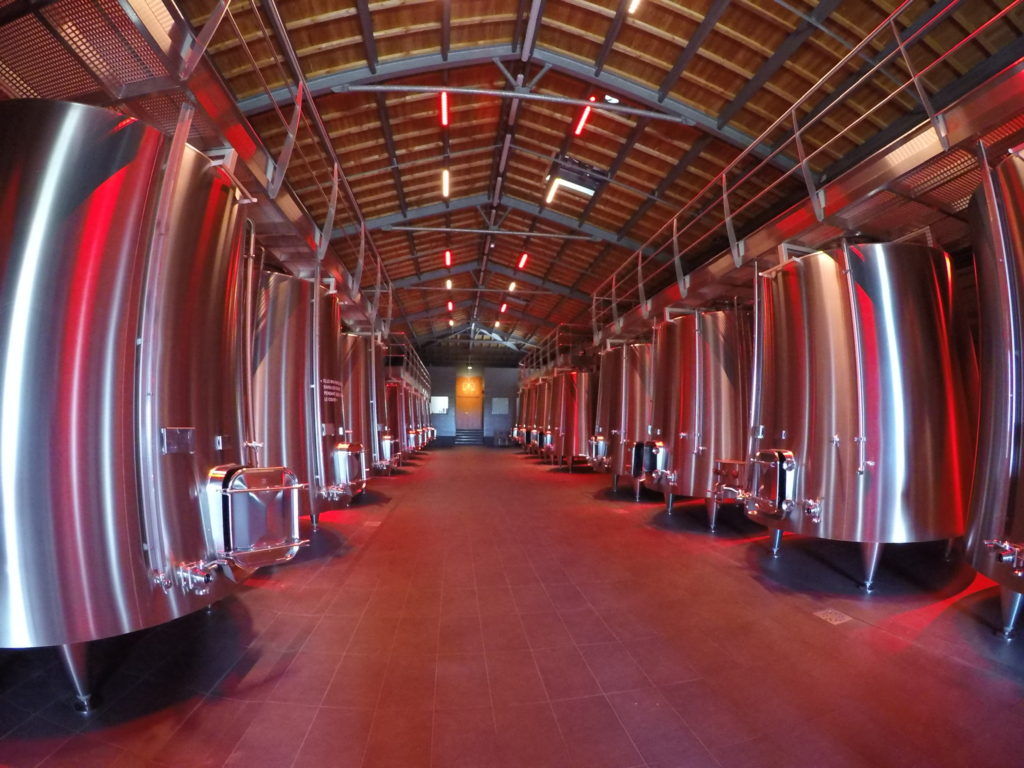
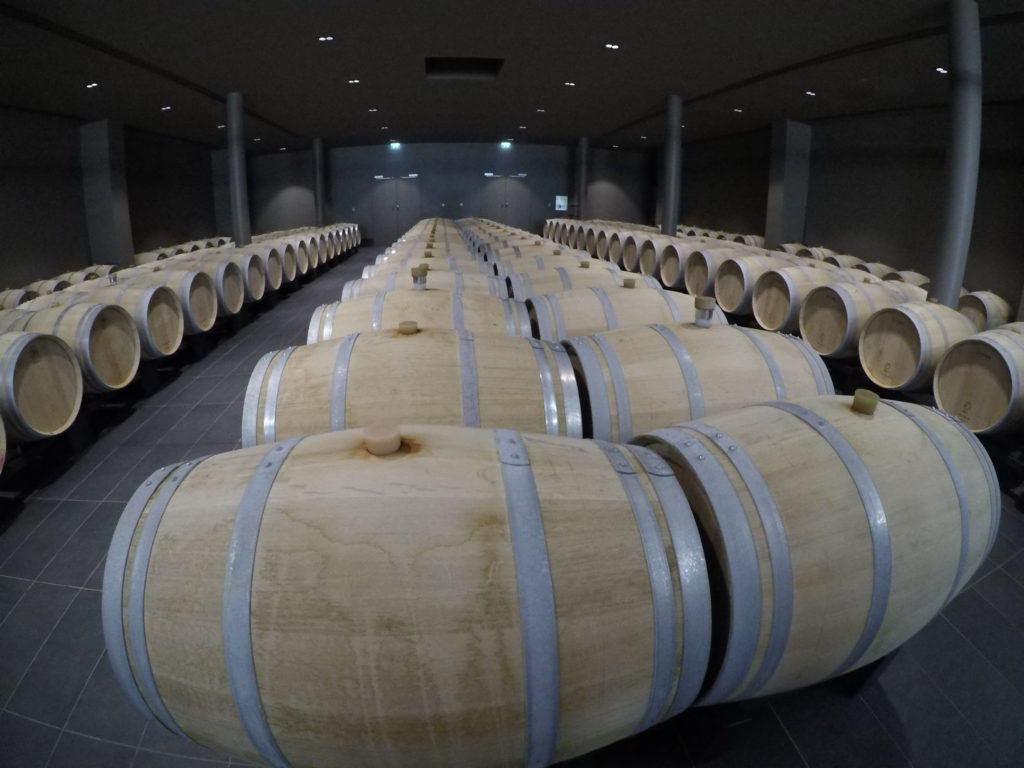
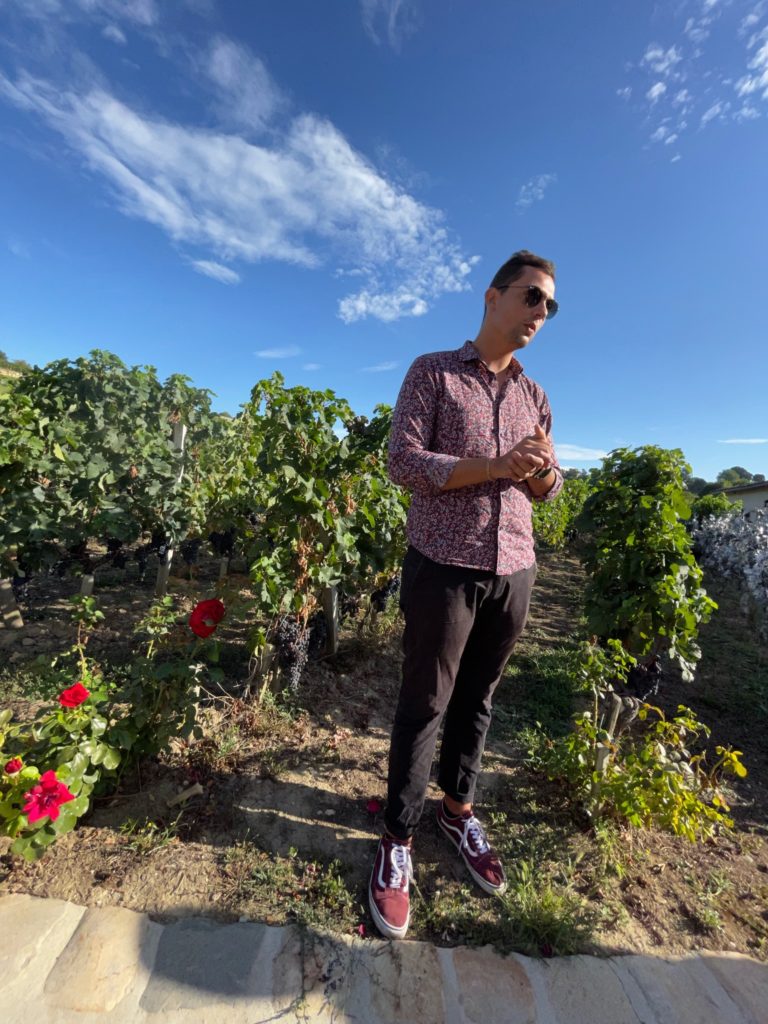
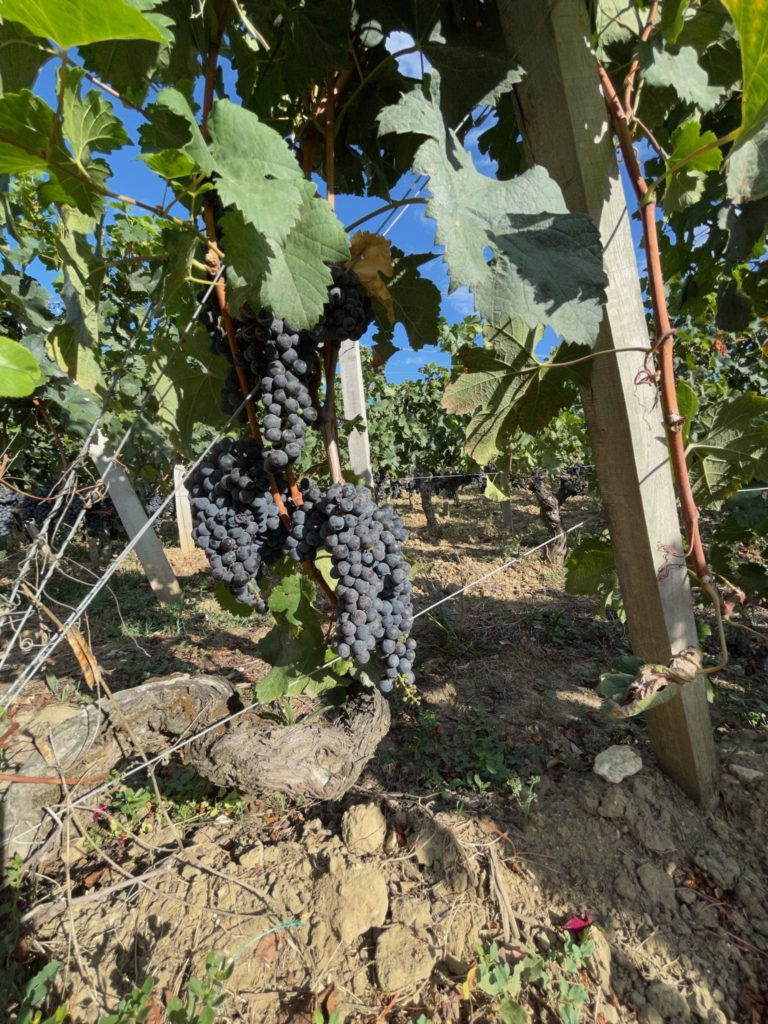
The geology of St-Émilion is a complex soil of sand, limestone and clay. It also helps that it has its own microclimate. In many fields that we have seen, the wines from one field or one neighbour next door can exhibit a totally different taste because of the orientation of the vines from one field to the next, the exposure or not to the winds, the depth of the limestone underneath which is crucial to the complexity of the wines.
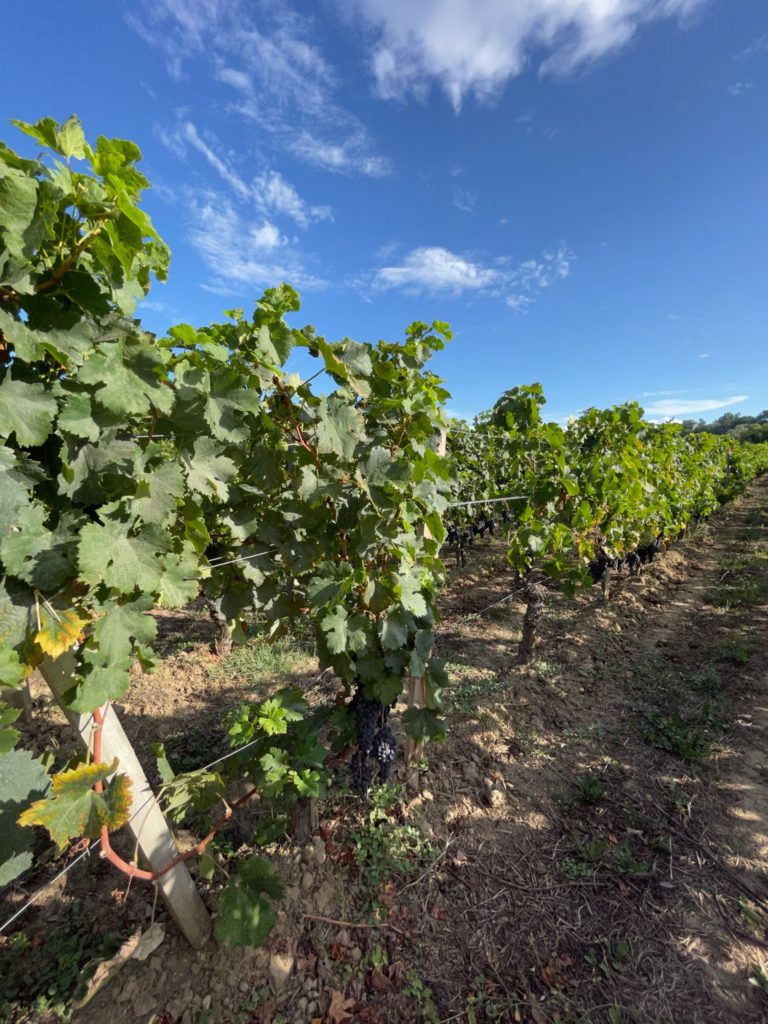
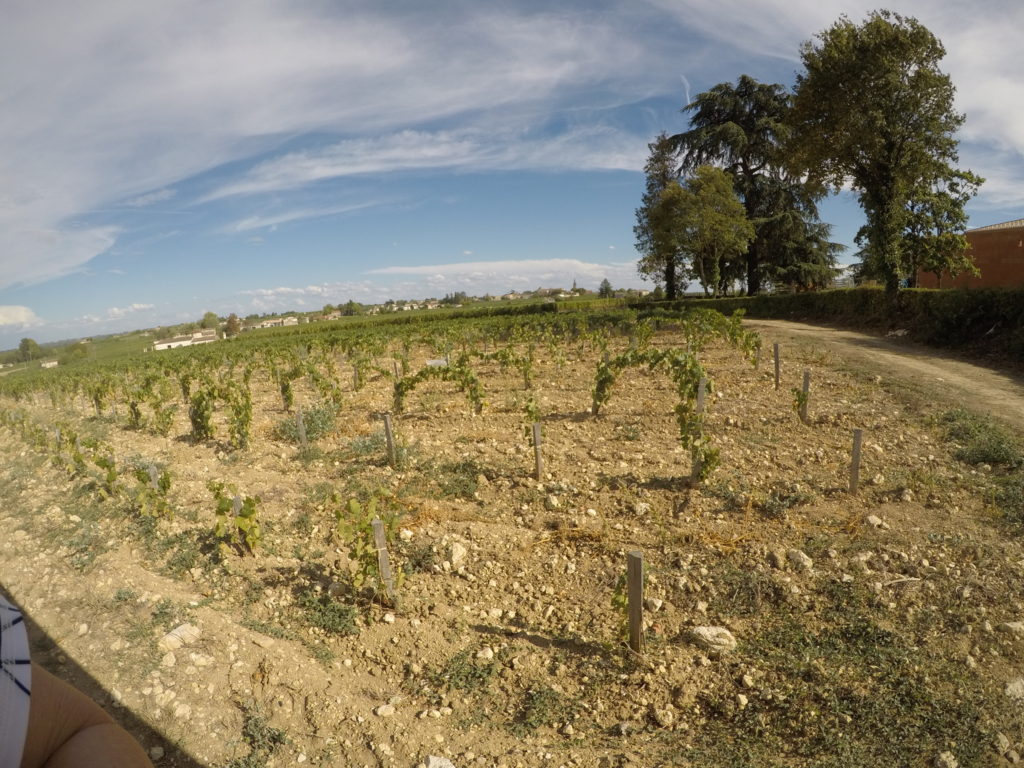
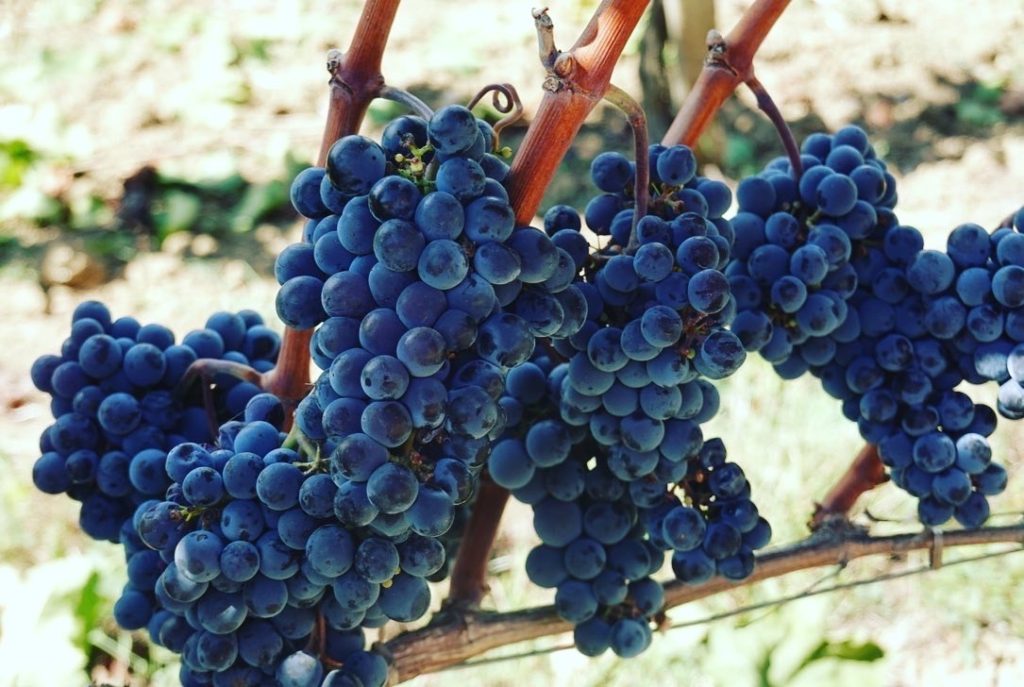
At their wine shop, we do a horizontal testing where we taste wines from their vineyards and neighbours. The tasty ones are purchased and shipped to be enjoyed later.

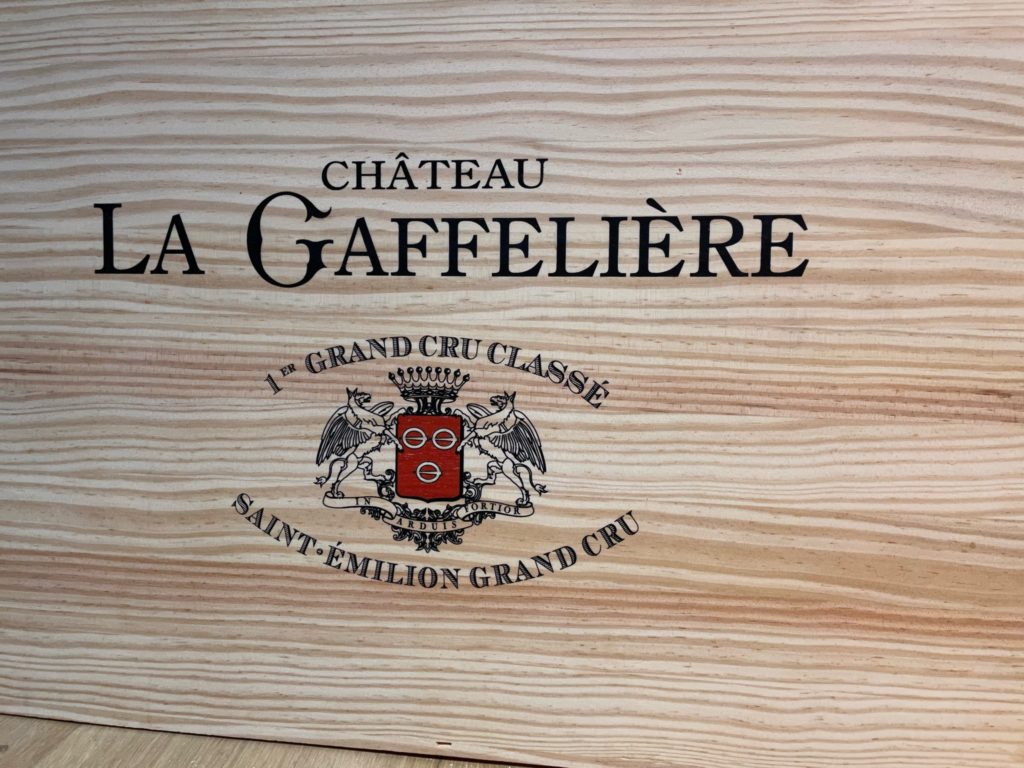
Our second winery of the day is one of our favourites—Château Fleur Cardinale, a Grand Cru Classé classification. The owners were former Limoges pottery makers who decided to switch careers and make wines. Their visitor centre is brand new, the shine everywhere.
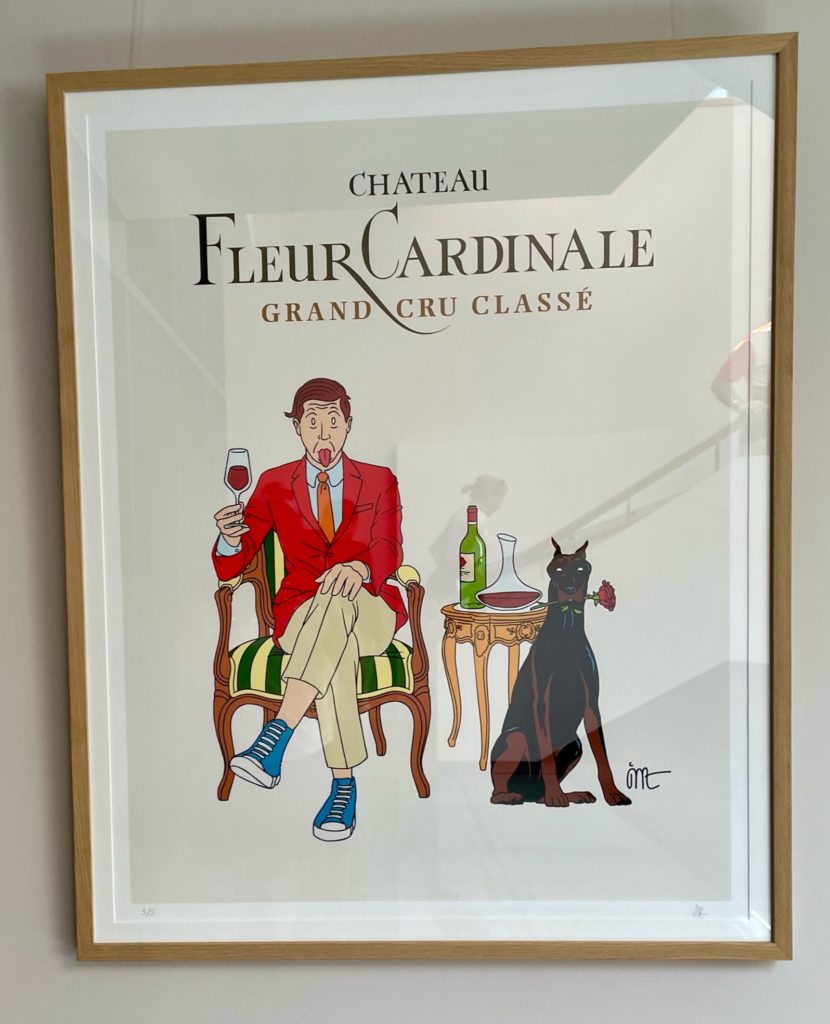
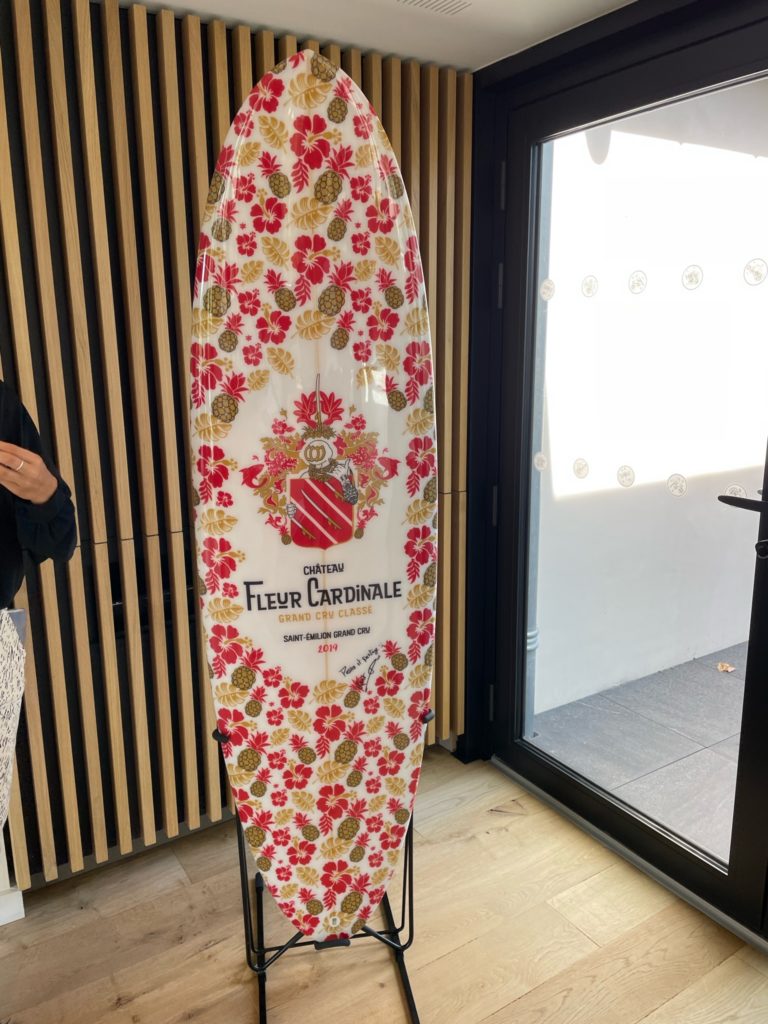
Margot, our hostess is a delight and takes us on a explanatory journey on what work happens in the vineyard through each season. Unlike the first winery we visited, they only use their barrels once. When it comes time to enjoy our tasting, we are given a few choices as to where we would like to do it. We select the hip interior to get out of the heat of the day.
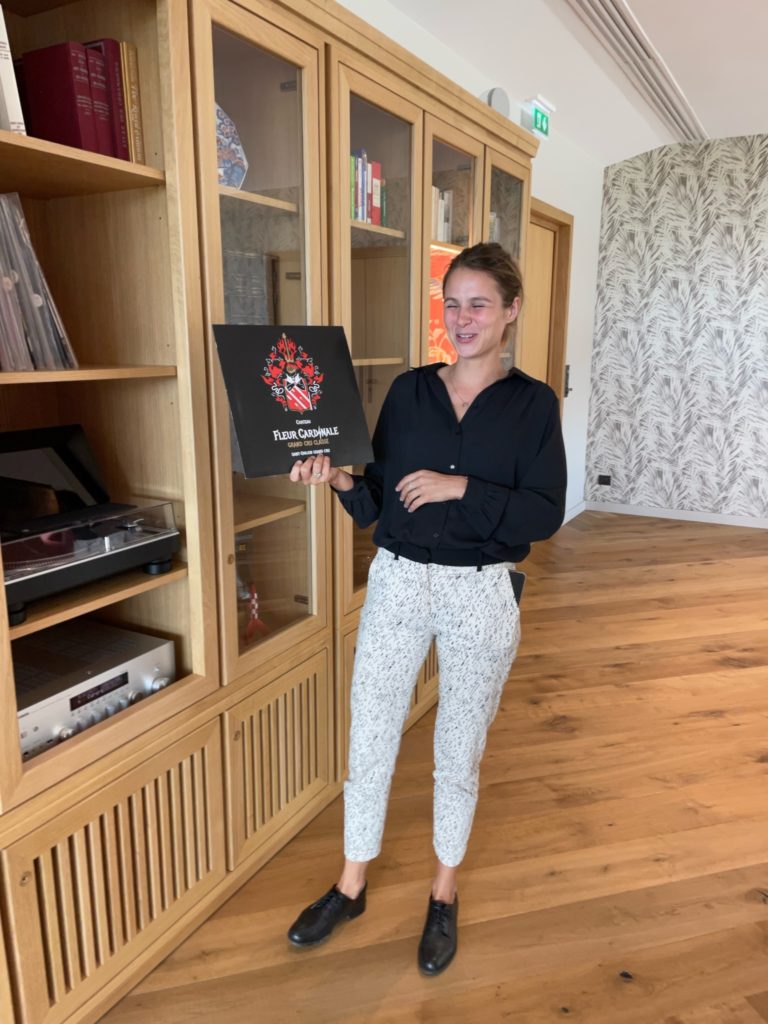
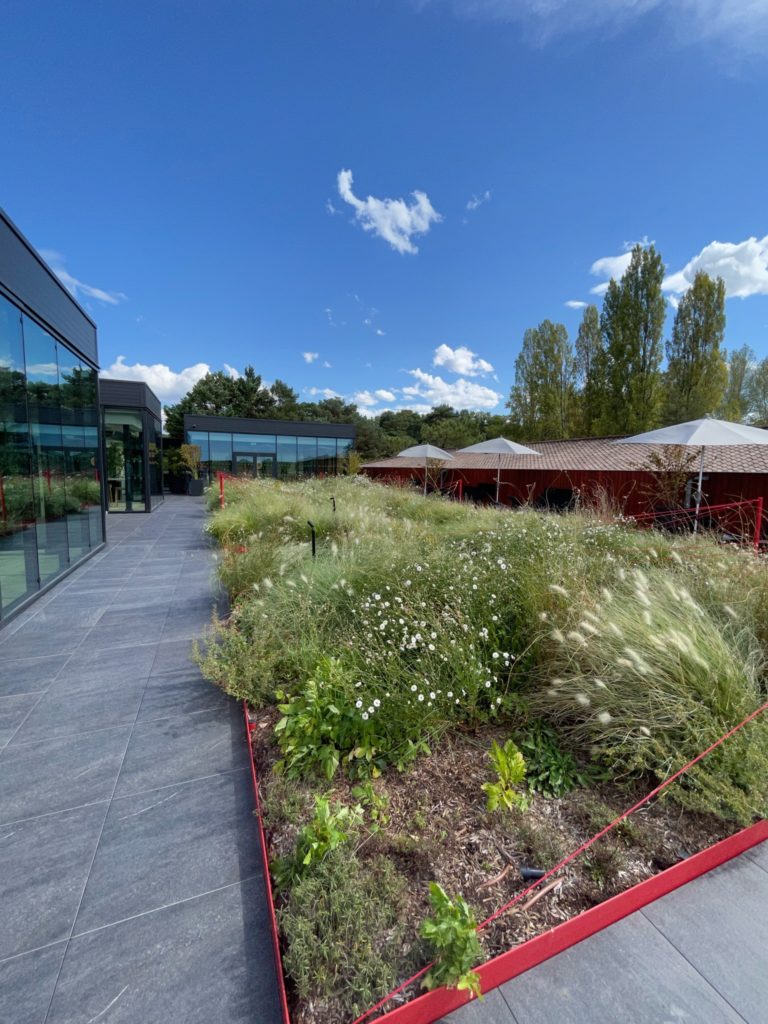

This time it is a vertical tasting which means we try the same wine but different years. It is amazing how each wine can taste so different but this is due to the weather conditions of that year and how the blend is adjusted. Like the first winery before, they also experiment with aging wines in clay amphoras.
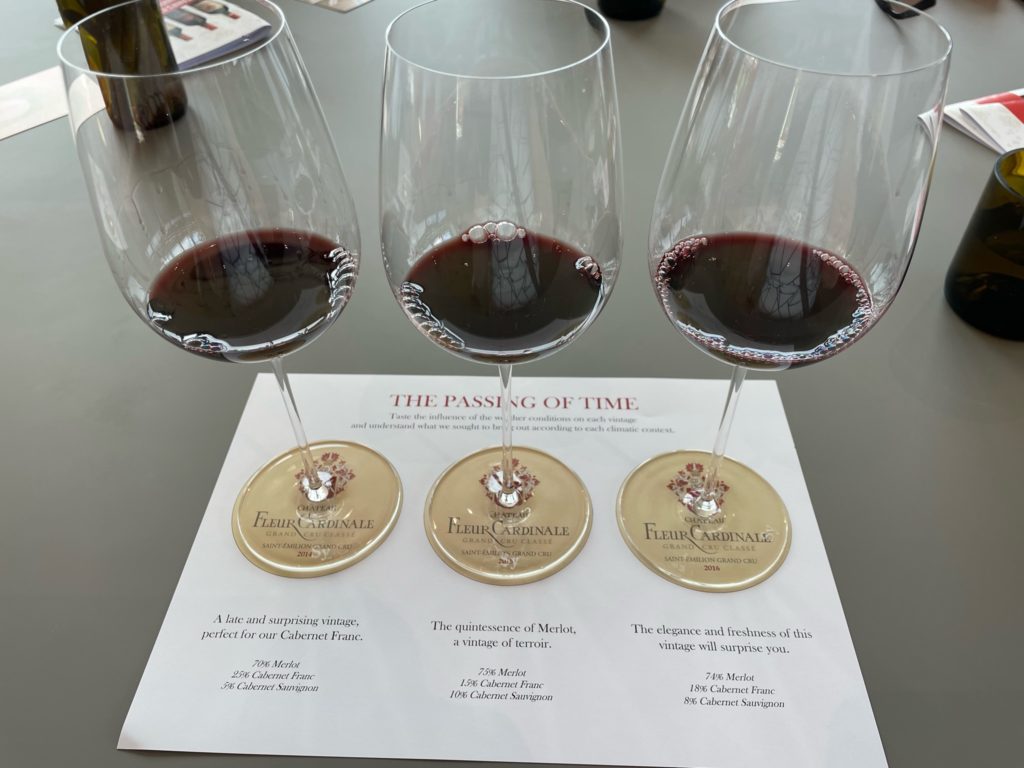
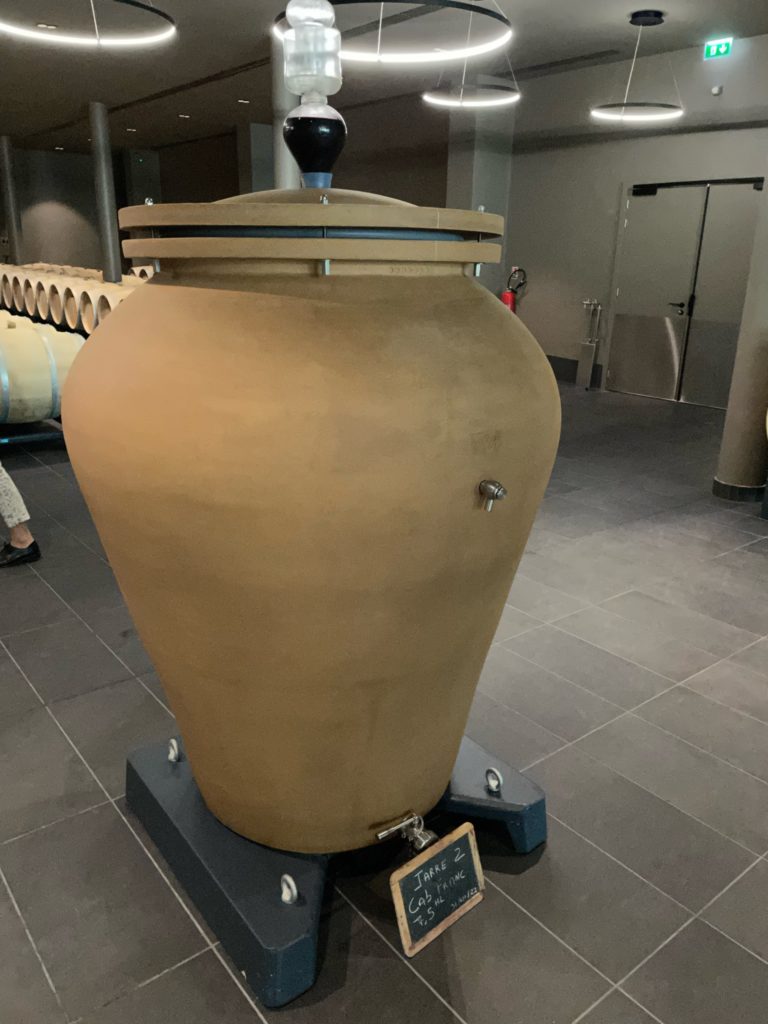
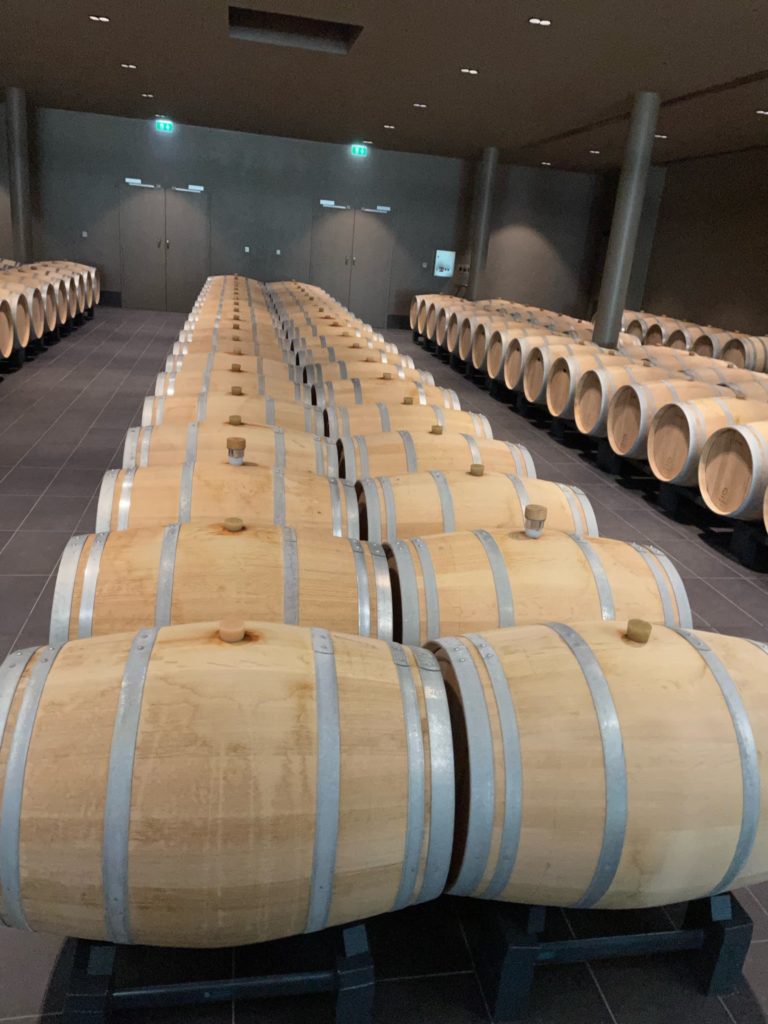
Merlot and Cabernet Franc are the major grape varieties used to blend wines in St-Émilion with some Cabernet Sauvignon that can be added to be mix. The 2015 tastes the best to our palates and this is the one that will follow us home.
Our final winery is Château Beau-Séjour Bécot, another Premier Grand Cru Classé B winery.
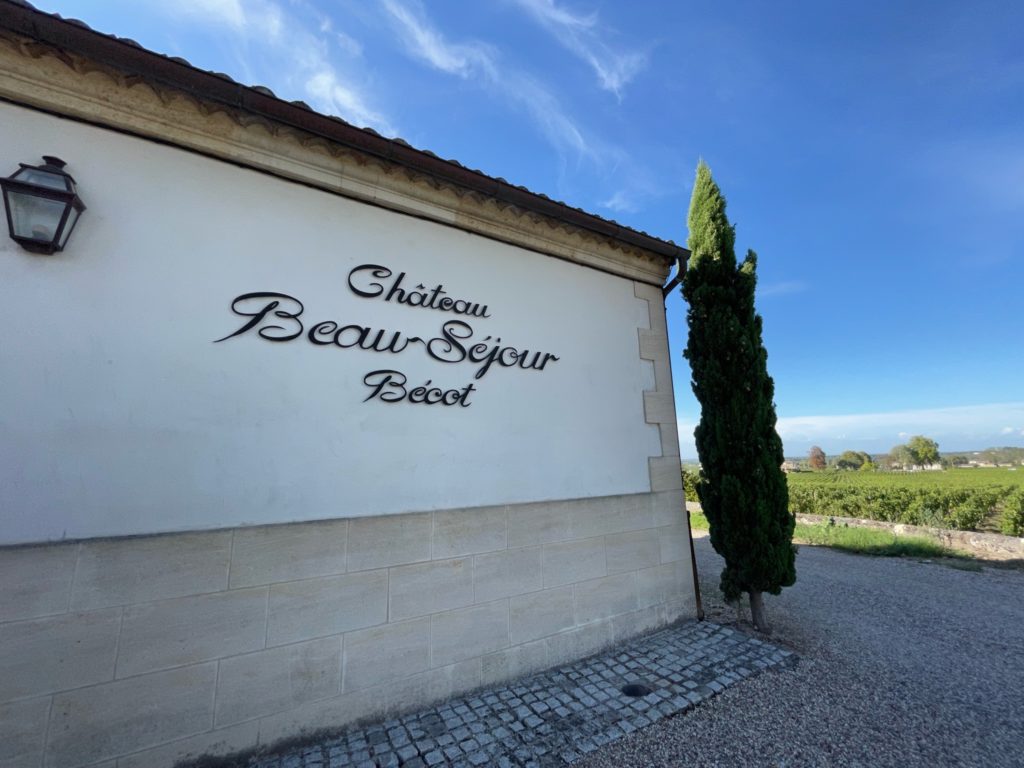
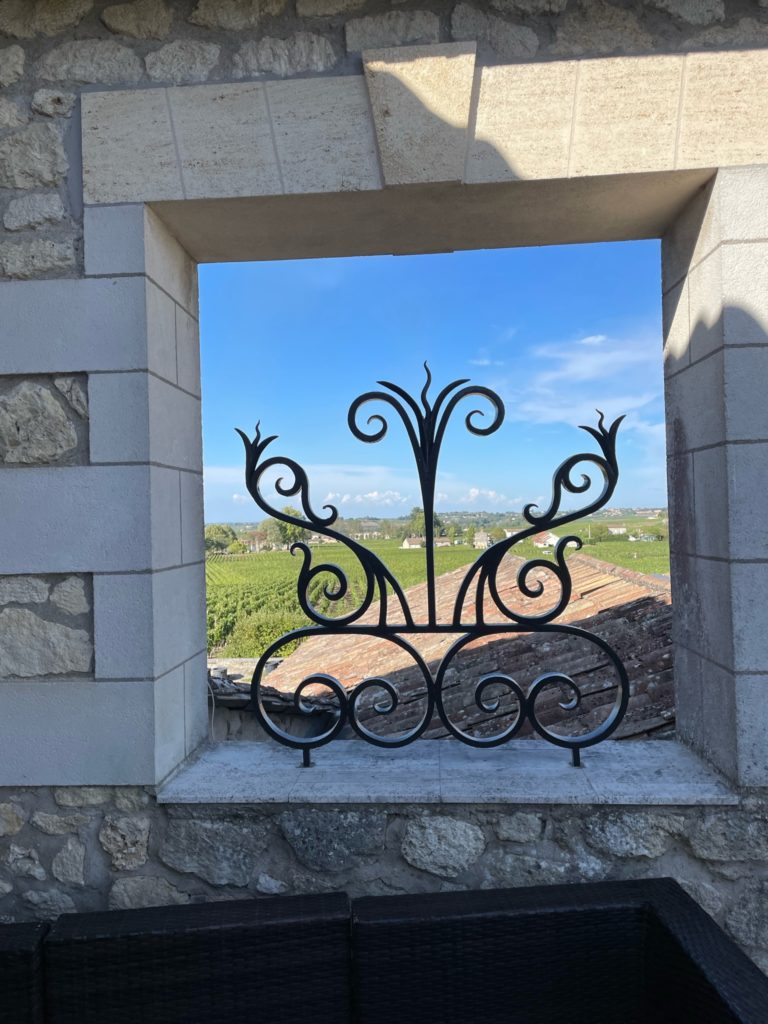
Our guide invites us to embark the electric open air cart and takes us around the vineyard to show us the difference in old vines vs young vines, the different soils. We even see the exposed limestone and remnants of a roman vineyard.
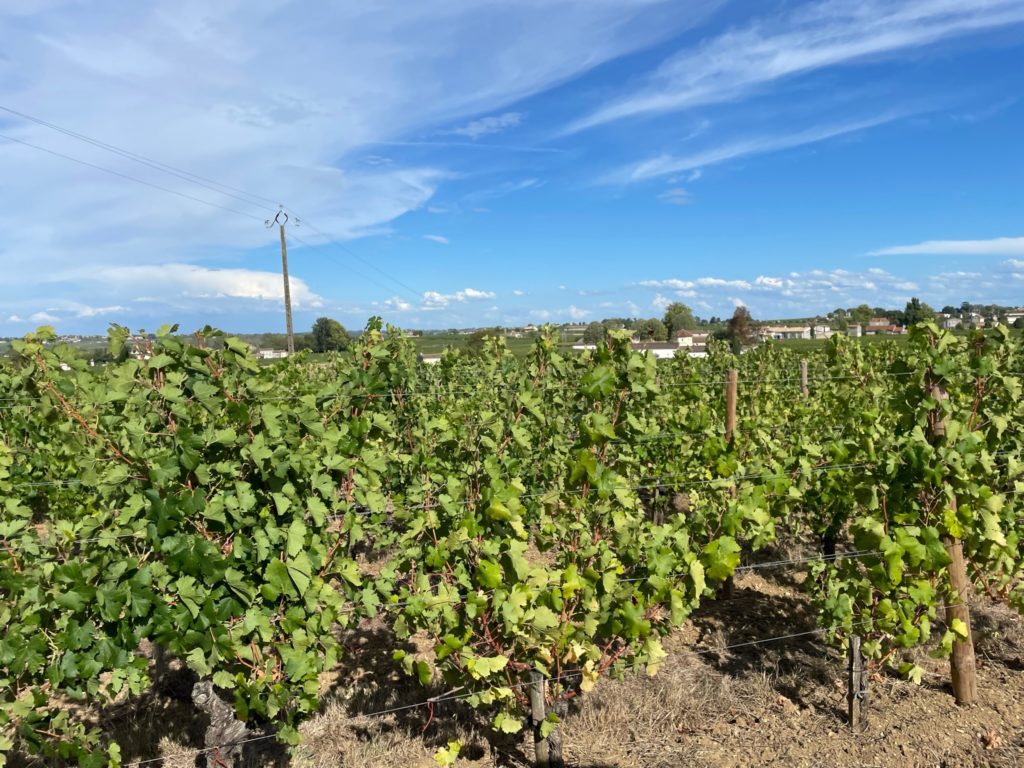
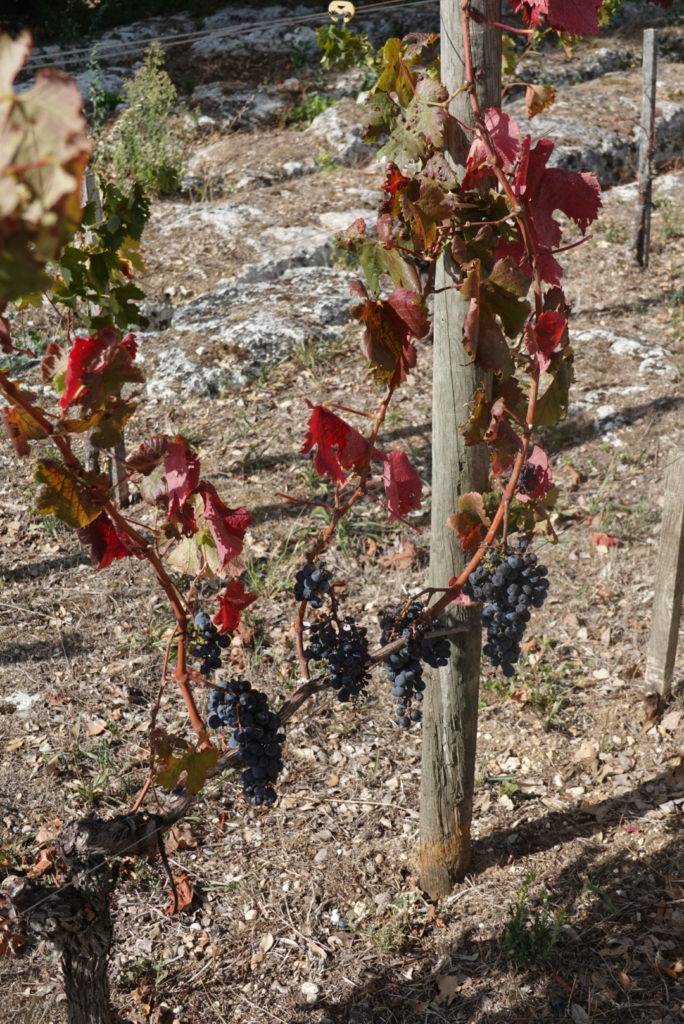
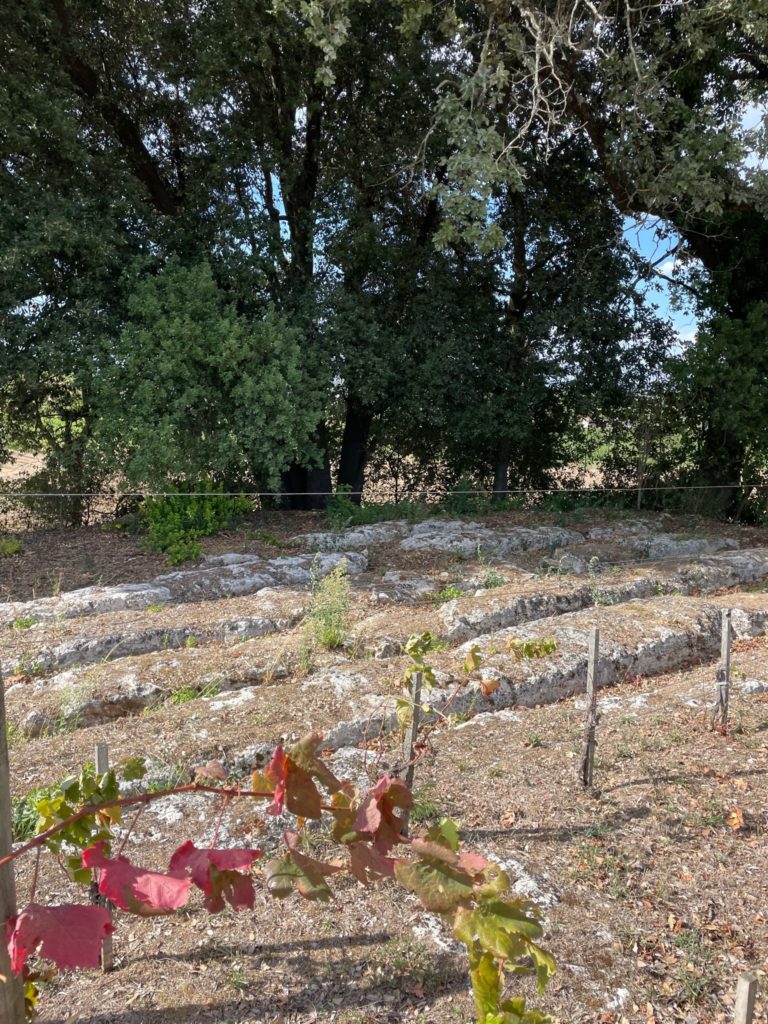
The vendages or harvest is under way at all of the vineyards. We see the workers with large colourful baskets on their back. It is all done manually-no machinery involved. It can be a hot and backbreaking work to pick the grapes as they hang low on the vines below the knees.

Back in the tasting room which is a large kitchen, we do again a horizontal tasting of 5 different wines but accompanied with macarons from the region (more like a soft cookie than the coloured varieties) and various chocolates. And yes, more wines will travel home.

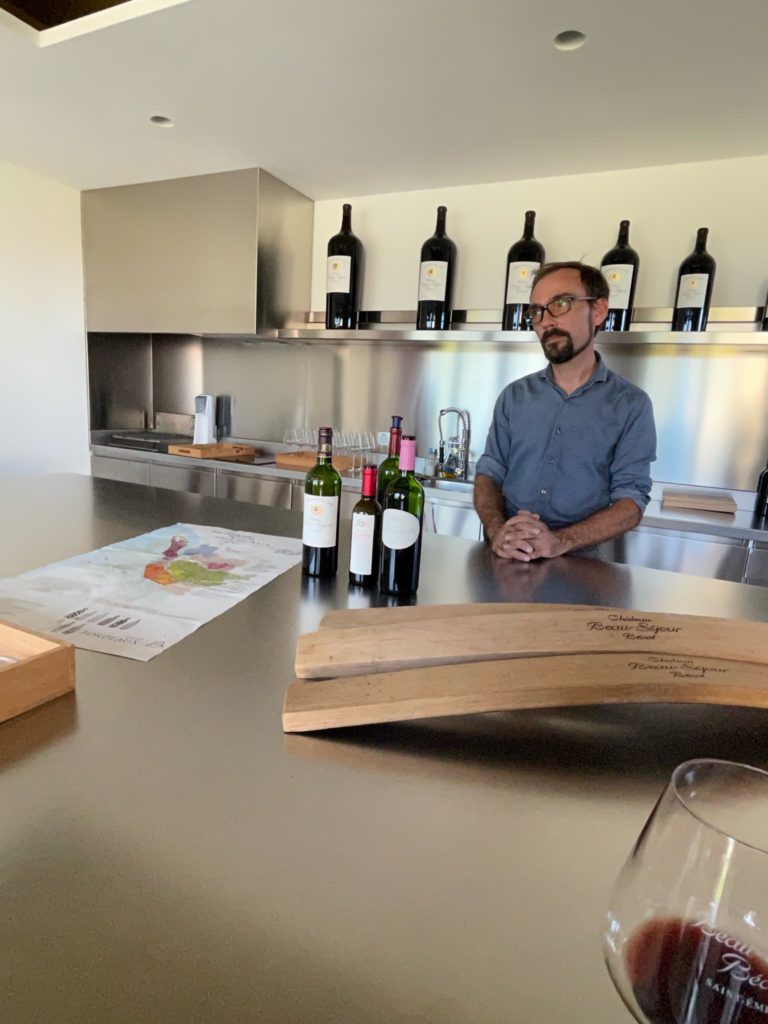
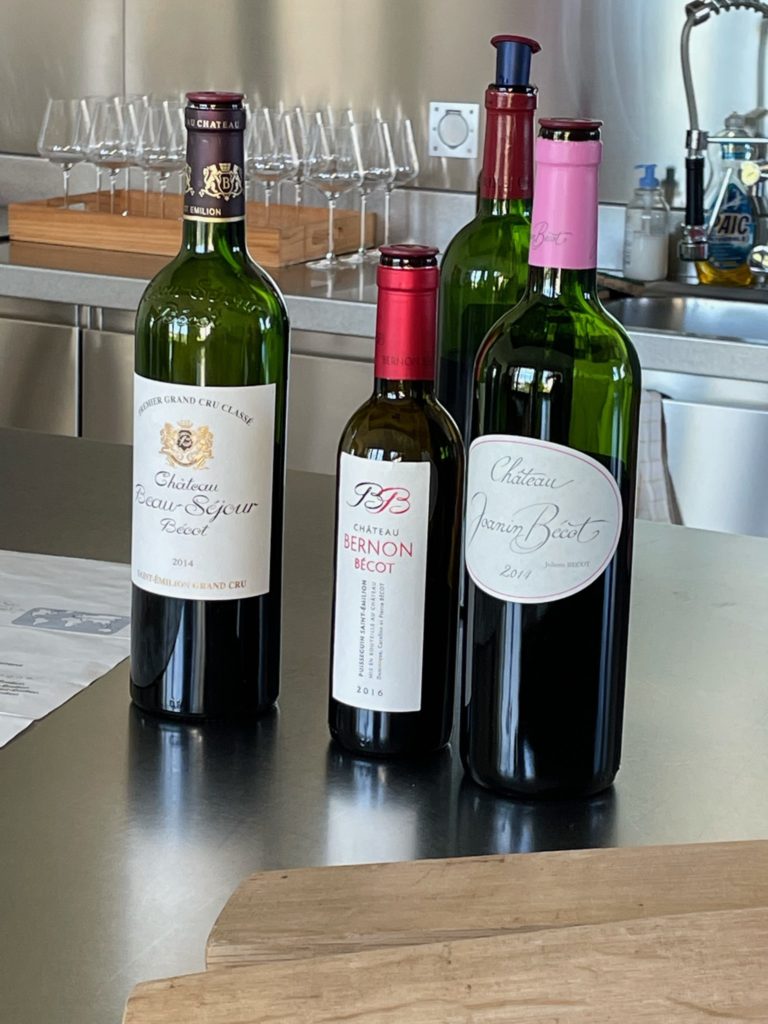
Before the return journey to Bordeaux city, we take photos of the Pomerol sign (a very small region next door) and in front of the Petrus winery in the Pomerol region, which is famed for its rarity and the blue clay subsoils only found there.
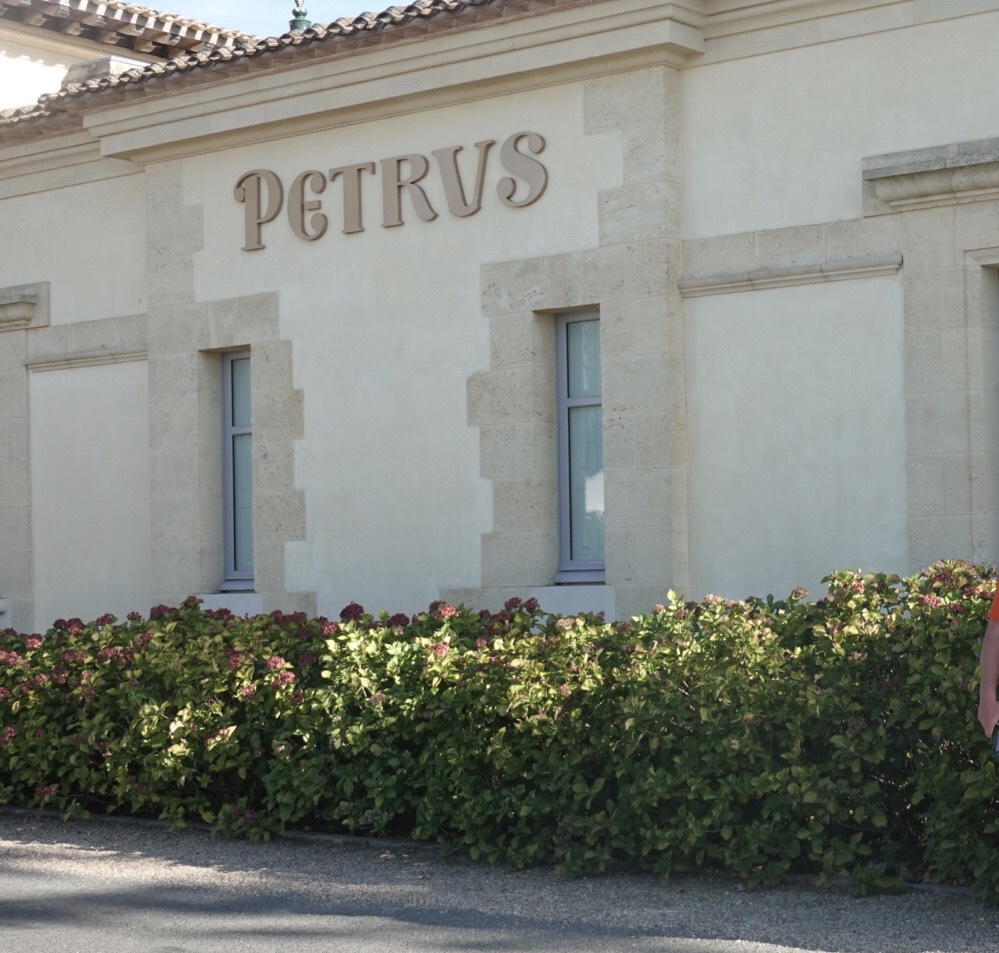
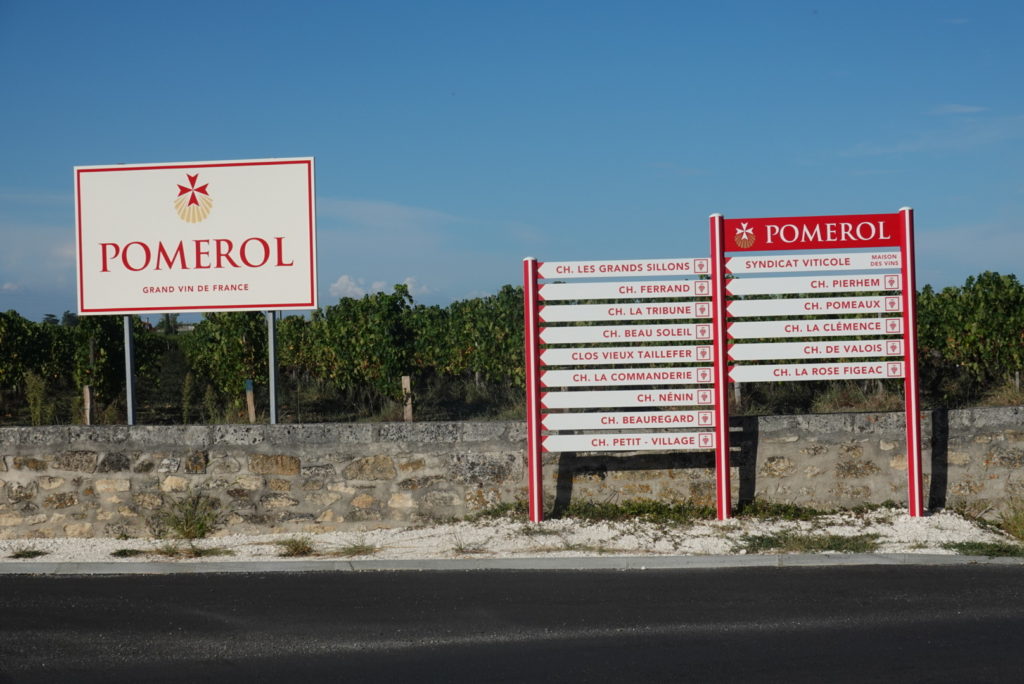
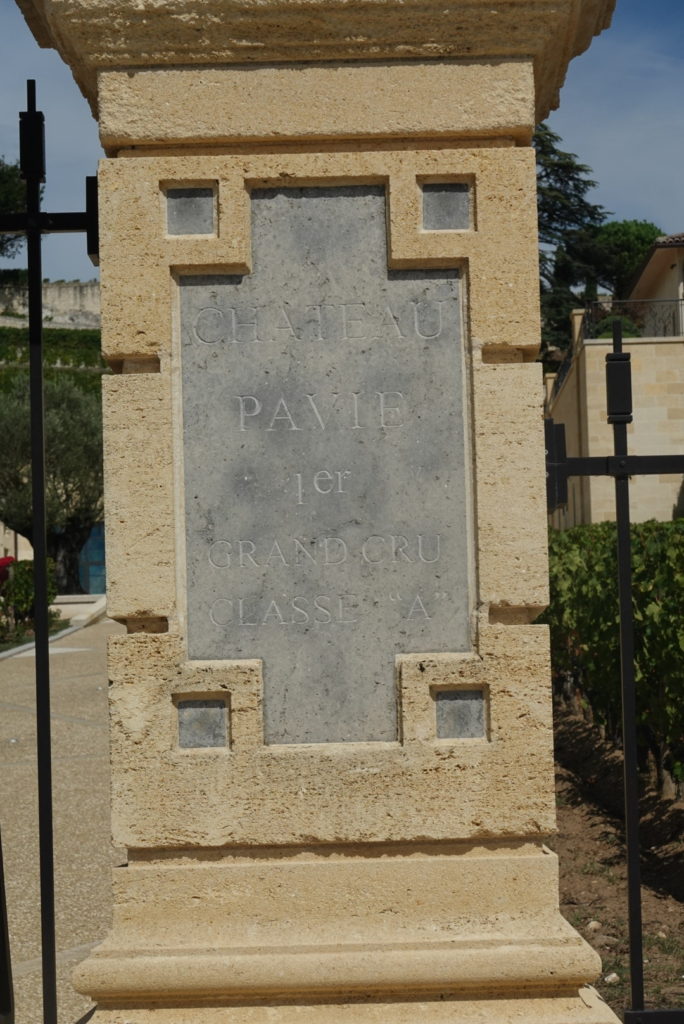
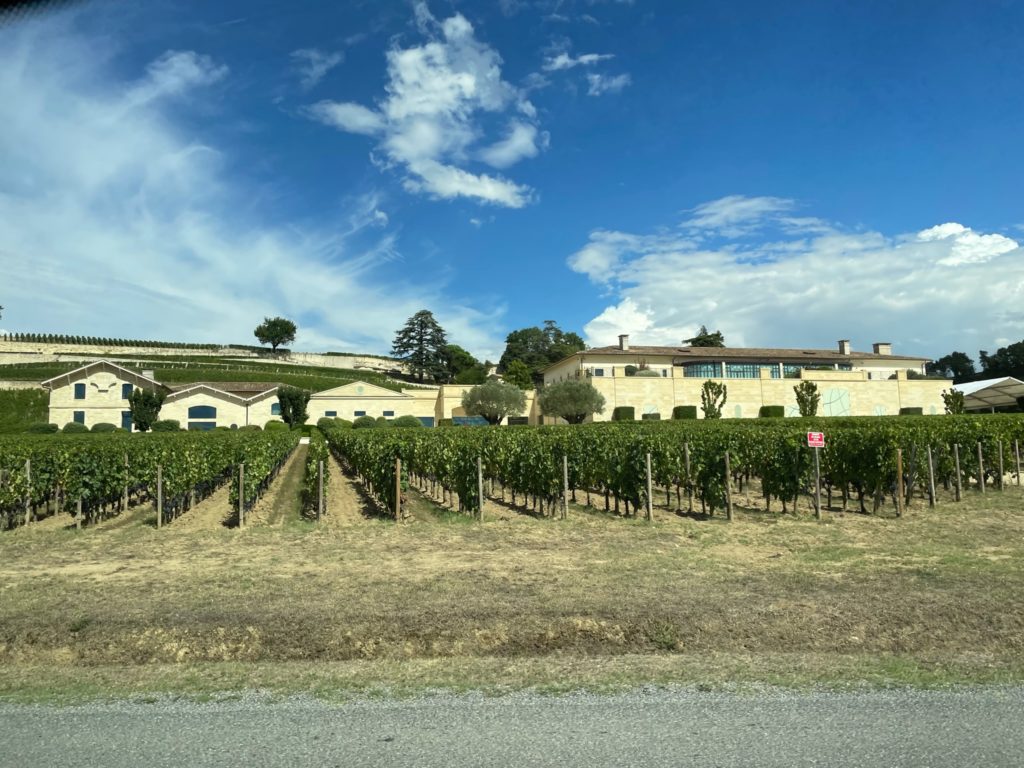
The experience leaves us wanting to visit more of the wine sub-regions of Bordeaux. Alas, Paris awaits and perhaps a future trip will be in the works.
Recent Comments